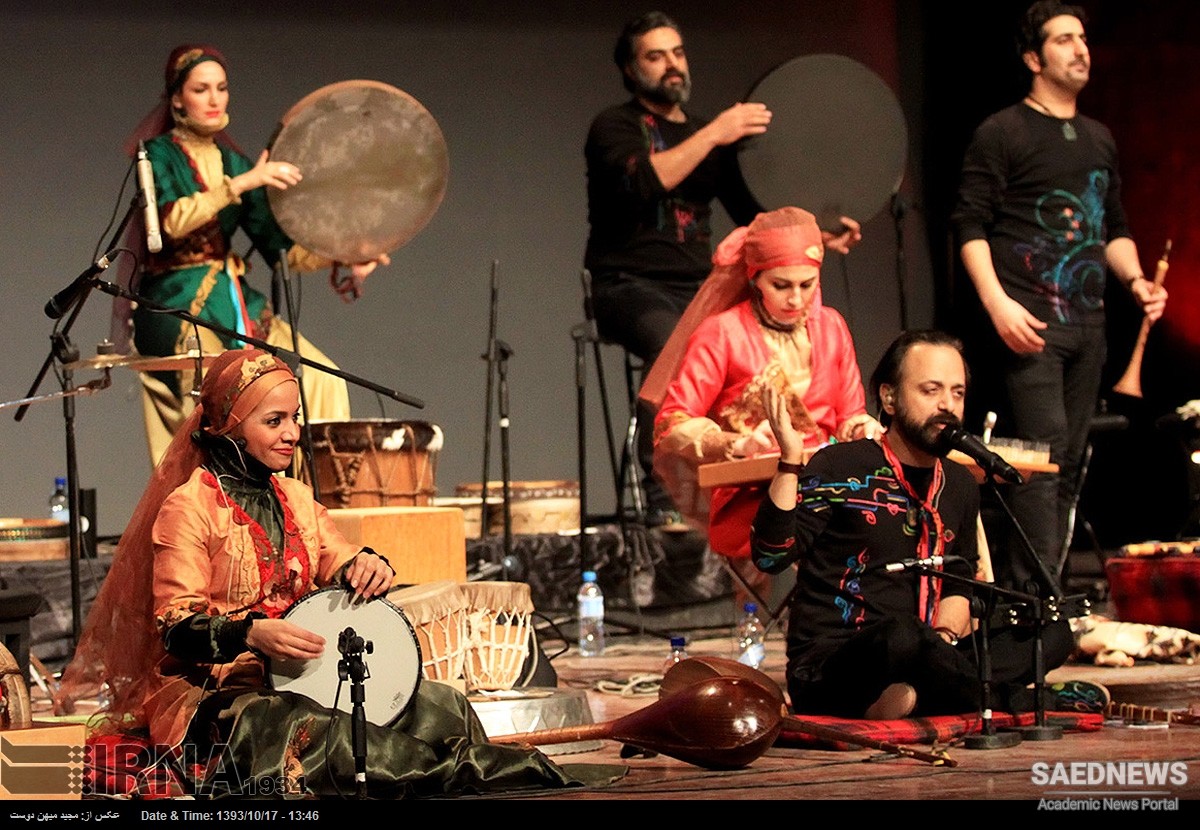Every aspect of music’s performance had the potential to improve or harm the nation: to solidify, improve, or defile Iran’s unique national character. The power of the radif-dastgah tradition was not cosmological as the twelve-maqam system’s had been. Its power was humanistic, originating from and relating to the particular character of a particular human population. The connection between music and the nation meant that music could maintain, advance, or hurt national character. On this basis, the morality of every aspect of the radif-dastgah tradition concerned how it would benefit or harm Iran and its people.
In a world where Iran struggled to survive against the power and influence of Europe, the question of how to rediscover and maintain authentic Persian music was a question of improving Iran’s cultural position in the world. It inspired impassioned moral discourse as musicians pursued different ideas about the best way to perform music in support of Iran, through the creation and maintenance of Persian music with a proper Persian character.
During the twentieth century, musicians involved in the radif-dastgah tradition often self-identified their moral positions as either maintaining or modernizing traditional culture. The key to Iran’s cultural survival could be maintaining the music labeled “authentic Persian music” in a form that represented Iran’s history. Traditionalist practices in the radif-dastgah tradition thus became stereotyped as remaining as close to the original seven-dastgah practice of the Qajar era as possible. Conversely, the key to Iran’s cultural survival could be to make changes to improve the Persian music tradition, which was not historically sufficient to sus-tain Iranian culture in the modern world. Both of these positions pointed to Iran’s Persian history as the source of their logic.
While maintaining it implied that the original Qajar-era tradition needed to continue as it had been since the nineteenth century, changing the tradition could also be cast as simply rediscovering Iran’s lost Persian music history, for which the radif-dastgah tradition could not fully account. Failing to maintain authentic Persian musical practices could hurt Iran. Failing to revive Persian music in relation to the nationalist narrative of Iran’s historic golden age and modern decline could also hurt Iran.
While the moral positions of traditionalists and modernists often had different musical goals within the radif-dastgah tradition, they operated within the same assumptions about music’s relationship with culture. Both sides tried to occupy the moral high ground of maintaining or improving Iran’s national culture, and both critiqued the morality of the other for failing to sustain Iran’s authentic culture. Musicians could also change their minds about music’s correct moral path, as they continued to evaluate the progress of the nation and how music could best facilitate national progress.


 Gholam Hossein Minbashian the Pioneer of National Orchestra
Gholam Hossein Minbashian the Pioneer of National Orchestra














































